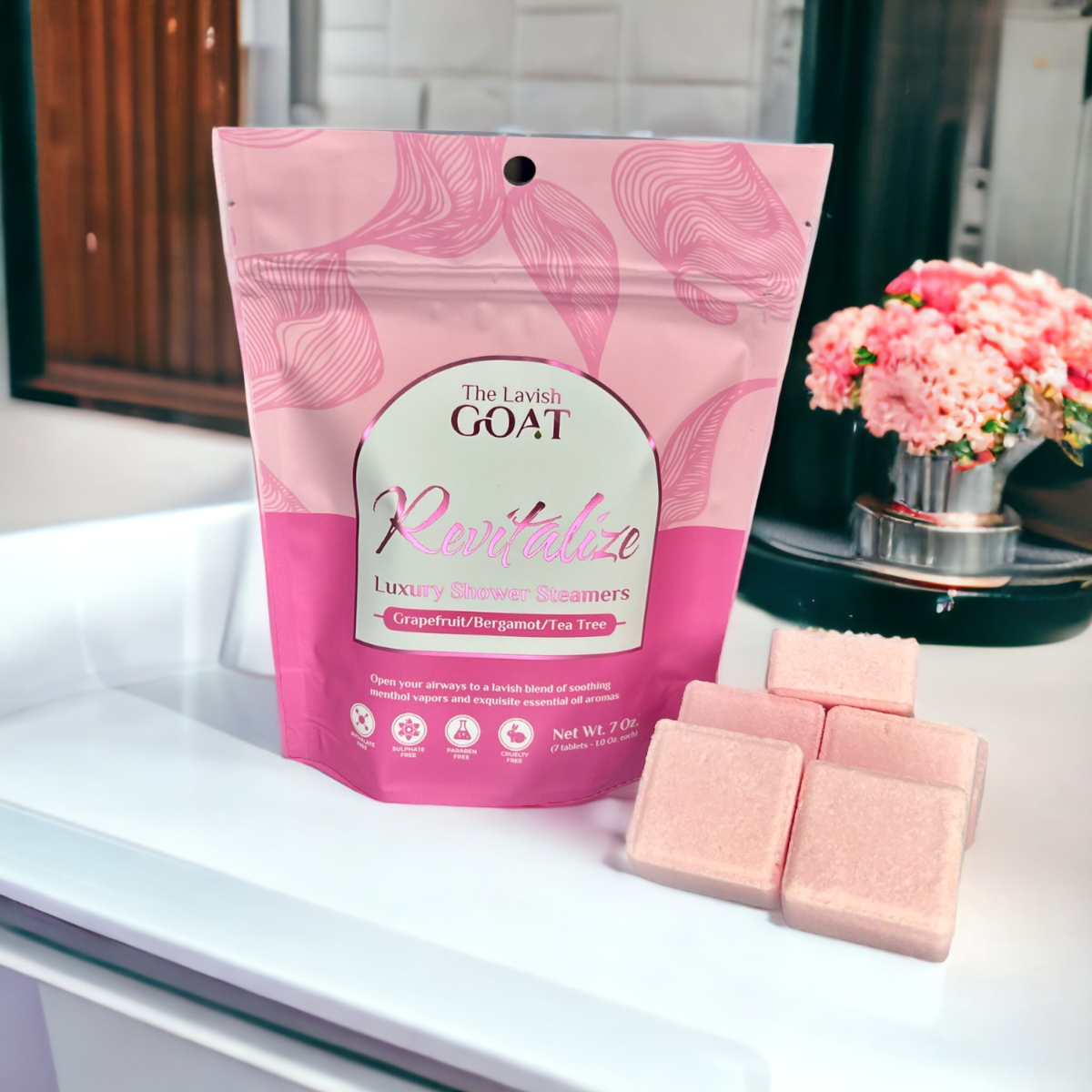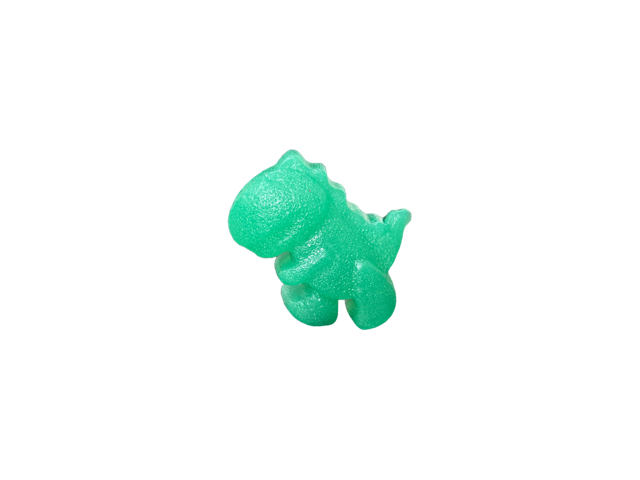Making bath bombs can be as enjoyable as it is frustrating. Many beginners and even seasoned bath bomb makers often encounter issues like premature activation, crumbly textures, and sinking bath bombs that don’t float. At The Lavish Goat, we understand the challenges that come with creating the perfect bath bomb, so we launched our Bath Bomb 101 series to address these issues and help makers at every skill level succeed. In this blog, we'll discuss the common bath bomb problems and how our Bath Bomb 101 tutorials can guide you toward mastering this relaxing craft.
1. Premature Activation in Bath Bombs
One of the biggest headaches in bath bomb making is premature activation. This happens when the bath bomb’s ingredients begin to react before they’re even in the bath, leading to fizzing, expansion, or loss of shape. Premature activation in bath bombs is often caused by exposure to moisture in the environment, which triggers the reaction between baking soda and citric acid. High humidity levels can be a hidden culprit, especially for those of us crafting in humid areas.
In The Lavish Goat’s Bath Bomb 101 series, we teach techniques for combating premature activation. One key method is incorporating an anti-caking agent like cornstarch, which can help absorb extra moisture without compromising the final fizz. Additionally, we discuss ways to adjust your recipe based on local humidity, such as adding a bit more dry ingredients or testing different types of oils that can prevent moisture absorption.
2. Dry and Crumbly Bath Bombs
If your bath bombs are crumbling or falling apart before they reach the tub, you’re not alone. Many bath bomb makers struggle to get the perfect balance of wet and dry ingredients. Crumbly bath bombs are often the result of using too little liquid binder, which is essential to hold the dry ingredients together and form a solid, compact bath bomb.
In our Bath Bomb 101 series, we dive into the science behind bath bomb ingredients and the importance of binders. Using oils like coconut or almond oil in the right proportions, or even adding witch hazel in small amounts, can make a world of difference in binding your bath bomb mixture. We’ll show you how to find the perfect “sandcastle” consistency so that your bath bombs stay solid and don’t fall apart before you use them.
3. Bath Bombs That Don’t Float
The satisfying sight of a bath bomb floating and spinning on the surface of the water is something all bath bomb makers strive for. Unfortunately, many bath bombs end up sinking straight to the bottom. The problem typically lies in the density of the bath bomb: if it's too heavy or tightly packed, it won’t float.
In The Lavish Goat’s Bath Bomb 101, we discuss various techniques to encourage buoyancy in your bath bombs. One effective method is adjusting the ratio of ingredients. Baking soda, for instance, can add lift when used generously, while incorporating a bit of cornstarch or kaolin clay can keep the bath bomb light and airy. We also guide you on how to avoid over-packing the molds, which is a common mistake that leads to dense, sinking bath bombs.
4. Too Much Moisture in Bath Bombs
It can be tricky to strike the right balance with moisture when making bath bombs. Too much moisture can lead to premature activation, while too little makes them crumbly. Many bath bomb makers worry about adding too much liquid, but they also want to ensure their mixture binds well. Finding the right balance is key to achieving a smooth, long-lasting bath bomb.
In our Bath Bomb 101 series, we offer tips for testing and tweaking the moisture level in your bath bomb mix. We teach you how to add liquids gradually, which prevents accidental over-saturation. By adding a tiny bit of liquid at a time, you can feel the consistency of the mixture change, allowing you to get just the right texture for optimal performance.
5. Bath Bombs That Crack in the Mold
When bath bombs crack in the mold, it can be disheartening. Cracking often occurs because of either too much or too little moisture, or from packing the bath bomb mix too tightly. Cracks can also appear if the bath bomb is removed from the mold before it has set enough, especially in drier climates.
In The Lavish Goat’s Bath Bomb 101, we provide solutions for cracking bath bombs by teaching you the art of balancing moisture and avoiding over-packing. We also discuss the importance of curing time, helping you understand when a bath bomb is ready to be removed from the mold and how to prevent drying-related cracks.
How The Lavish Goat’s Bath Bomb 101 Can Help
Our Bath Bomb 101 series is designed to tackle these common bath bomb-making challenges. By offering beginner-friendly recipes, tips, and troubleshooting guides, we make it easier for bath bomb enthusiasts to create beautiful, long-lasting bath bombs. Each video tutorial in the series addresses specific issues, from handling high humidity to selecting the right oils, so you can confidently make bath bombs without the trial-and-error frustration.
Moreover, we include valuable insights on ingredients, molds, and storage tips to keep your bath bombs in perfect condition. Whether you’re struggling with bath bombs that won’t float, crumble, or prematurely activate, The Lavish Goat is here to guide you every step of the way.
Conclusion
Bath bomb making doesn’t have to be a struggle! With our Bath Bomb 101 series, we’re here to help you overcome common issues like premature activation, crumbling, and sinking bath bombs. Each tutorial in our series is crafted to answer your questions and make bath bomb making fun and rewarding. So, if you’re ready to elevate your bath bomb skills, join us on The Lavish Goat’s Bath Bomb 101 and learn the secrets to making perfect, professional-quality bath bombs every time.
Dive into the art of bath bomb making with The Lavish Goat, and let’s turn those bath time fizzies into a fun and successful crafting experience!



